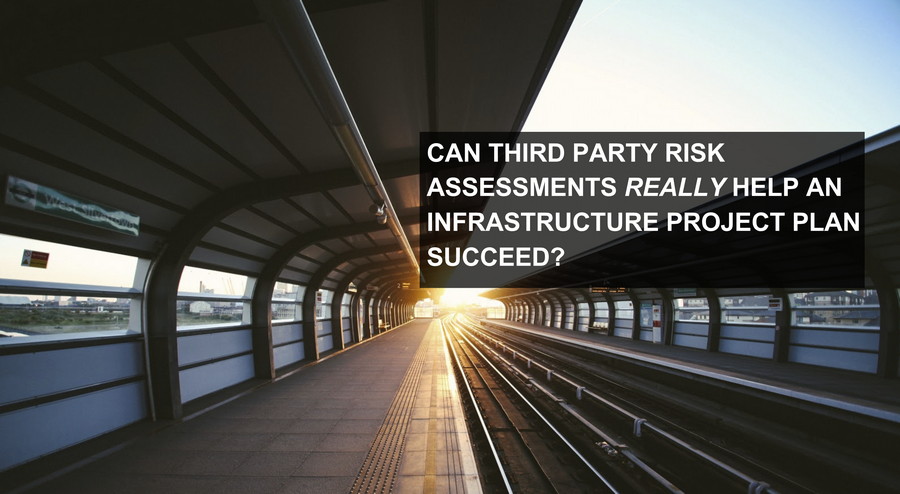The delayed, over-budget project is all too common in the infrastructure project world.
Projects of the magnitude of ports, railway, airports, bridges and pipelines have so many complex variables to manage, it may seem like delays and overages are simply inevitable.
Project delays caused by unforeseen challenges are costly, frustrating and damaging to professional reputations as well as the infrastructure project plan itself.
More and more, successful engineering, project management and owner company professionals are investing in up front third party project support in an attempt to avoid spending on the back-end of a delayed project.
External project risk assessment consultants are being brought in to provide project support in the form of risk assessments, documentation and process reviews.
Obtaining an accurate infrastructure project plan:
We’ve all been mid-way through a project plagued with problems.
The harsh reality is that some projects simply aren’t feasible under the expected and agreed upon time and budget constraints. If it is clearly understood early that a project should not be pursued, resources, often limited, can be re-allocated to projects with a higher probability of being successful.
The untenable project plan is one every professional wants to avoid, and third party risk assessments can help the project plan for success in a number of ways, including declining projects that seem doomed to fail.
“In some rare cases, success can look like a project that wasn’t pursued in the first place; accurately evaluating the risks and opportunities well in advance of starting the project helps to ascertain the probability of project success. ”
Obtaining a reliable understanding of the risks and opportunities of the project is a key strategic move more and more stakeholders are insisting upon. Many companies are making a formal risk assessment part of the criteria for the project prior to seeking sanction.
The most common method to get a reasonably accurate understanding of a project’s success is to obtain a formal risk assessment well in advance of sanctions.
“To fully support the success of a project, it is imperative to understand the probability of achieving the project’s cost & schedule objectives, as well as understanding the risks and opportunities associated with the execution. ”
An Infrastructure Project Risk Assessment is an in depth cooperative analysis conducted with the project team, and facilitated by the Risk Assessment professionals.
How third party risk assessments help plan for successful infrastructure projects:
While many large, project owner firms have risk assessment professionals on staff, human error is still a factor which can be mitigated by a fresh set of eyes on the project.
In addition to spotting lags and gaps, an experienced risk assessment or project support professional can provide the kinds of insights that can only come from many years in project planning and execution.
Ultimately, the third party risk assessment project support professional will challenge the or validate the project team’s work.
The impartial viewpoint provided helps to corroborate the feasibility and desirability of the project, or point at areas of additional risk or opportunity.
The end result of a risk assessment is a comprehensive understanding of what success looks like and how it can be obtained with the proposed project.
At times, the best way to succeed with a project is to decline it. Other times it can be to execute more quickly, or with less budget than initially anticipated.
In this case, the project schedule and budget has been vetted as feasible, profitable and desirable, well before the sanction phase.
Finally, the risks and opportunities associated with the project are known and the risks are being proactively managed. The opportunities that provide time and budget savings have been identified and are implemented.
